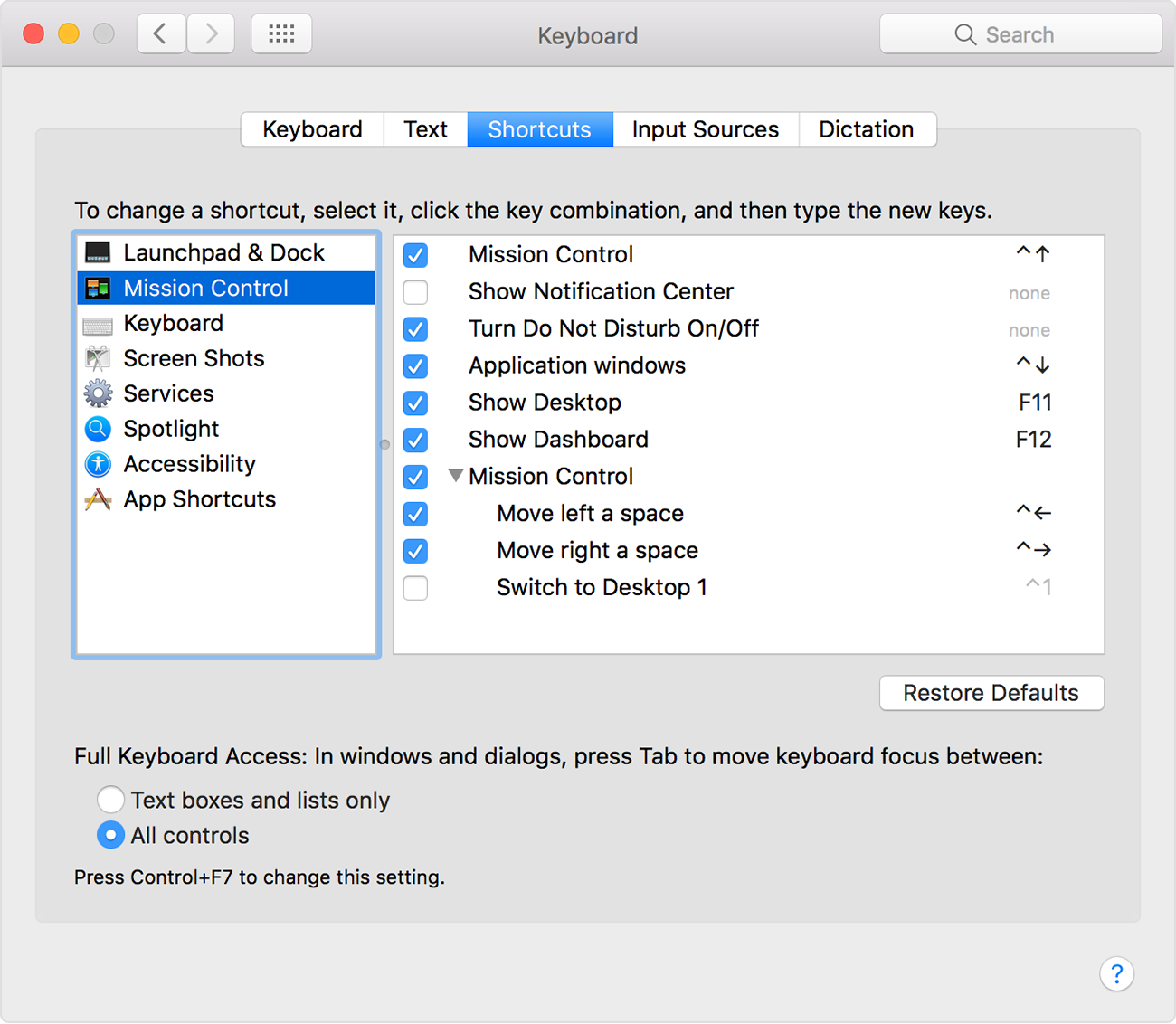Show Control System For Mac
Use Switch Control preferences in the Accessibility pane of System Preferences to set up switches that perform an action when pressed. You can use a mouse, keyboard, or dedicated switch hardware connected via USB or Bluetooth. You can also change existing switch actions. By default, the Space bar is used as a switch when Switch Control is enabled. To add a switch, click the Add button (+) in the Switches tab, then press your adaptive switch. Enter a name, then select an action such as Stop Scanning. To have the switch run a script or open an app, click Custom, then choose the script or app.
Show Control Systems
To remove a switch, select a switch in the list, then click the Remove button (–). To change the behavior of an existing switch, select a switch in the list, click, then change the name or action. To use a different switch for the action, click Reassign.
Scan items When you press the Select Item switch, Switch Control begins stepping through a panel, group, or user interface. Switch control highlights each item or group as it scans. The scan pauses when you select an item, unless you've set the option to keep scanning after a selection is set. If you turned auto scanning off, press the Move To Next Item switch to advance the scan. Switch Control repeats (or loops) a scan as set in the Navigation pane. Select an item When an item is highlighted, press the Select Item switch. If the selected item is a group, and you didn’t set the option to resume scanning after a selection, press the switch to scan the group. Then press the switch to select an item in the group.
Remote Control Mac

To exit a group, press the switch when the group is highlighted or when you hear ”step out.” If you need to use the pointer to click an item that isn't part of an app's interface, you can use Pointer mode to scan the screen and click an item. Click to begin scanning horizontally. When the range finder highlights the area you want to click, click your switch again.
Click another time to precisely refine your horizontal position. The next click starts the vertical range finder scan. Click again to refine your vertical position. Click your switch a final time to click the element on the screen that is currently under the blue crosshair you created on the screen.
Keyboard Type text in a document or field by scanning the keyboard in the panel, opening a group of keys, and then selecting a key. The first group contains suggested words based on the first keys you press. This lets you save typing time by selecting a suggested word. Other keyboards may be available in the Custom panel. Pointer To move the pointer to an area of the screen, select Move. A vertical block starts to glide across the screen. When you press the Select Item switch, the block stops and a vertical blue line starts to glide across the block.
Press the switch again to either stop the blue line or substantially slow it down before you press the switch again to stop it (based on the setting of Gliding Cursor Precision in the Navigation pane). When you do the same horizontally, you'll see the pointer move to the intersection of the two blue lines. App Scan items and groups in the active window of the current app. Dock Immediately start scanning just the items in the Dock.
Menu Bar Scan the menu bar group, then the menu extras group. System Control the volume or display brightness of your Mac, and control media playback.
Custom You can create custom panels in the Accessibility pane of System Preferences. Select Switch Control, then click Open Panel Editor. Any custom panels you create appear here. Location Use this option to reposition the Switch Control Home panel on the screen.